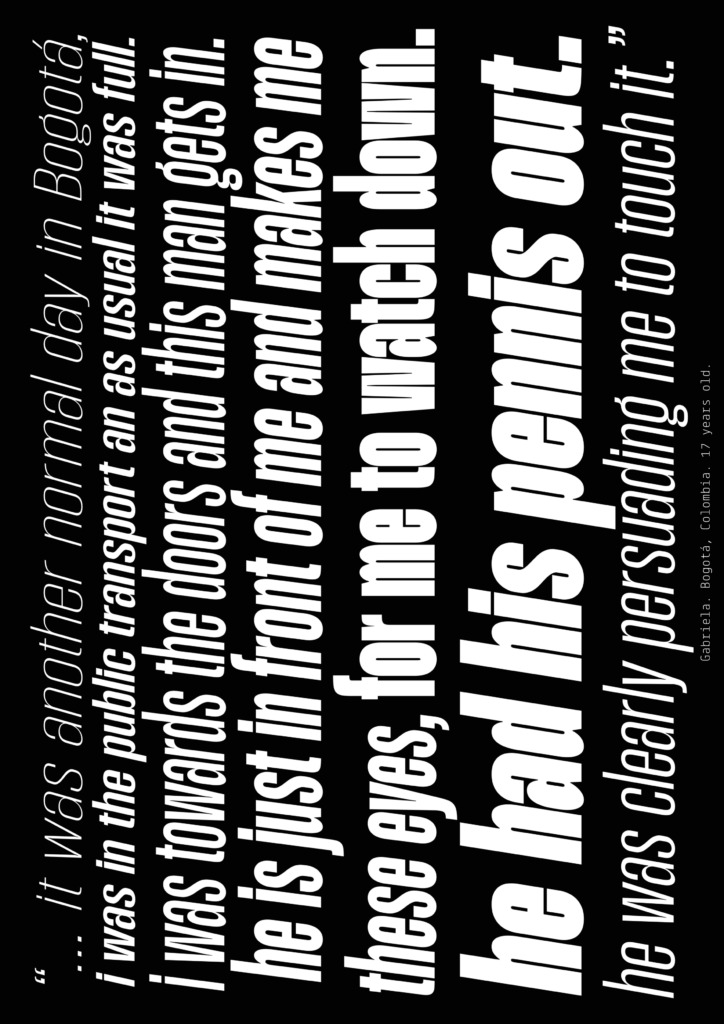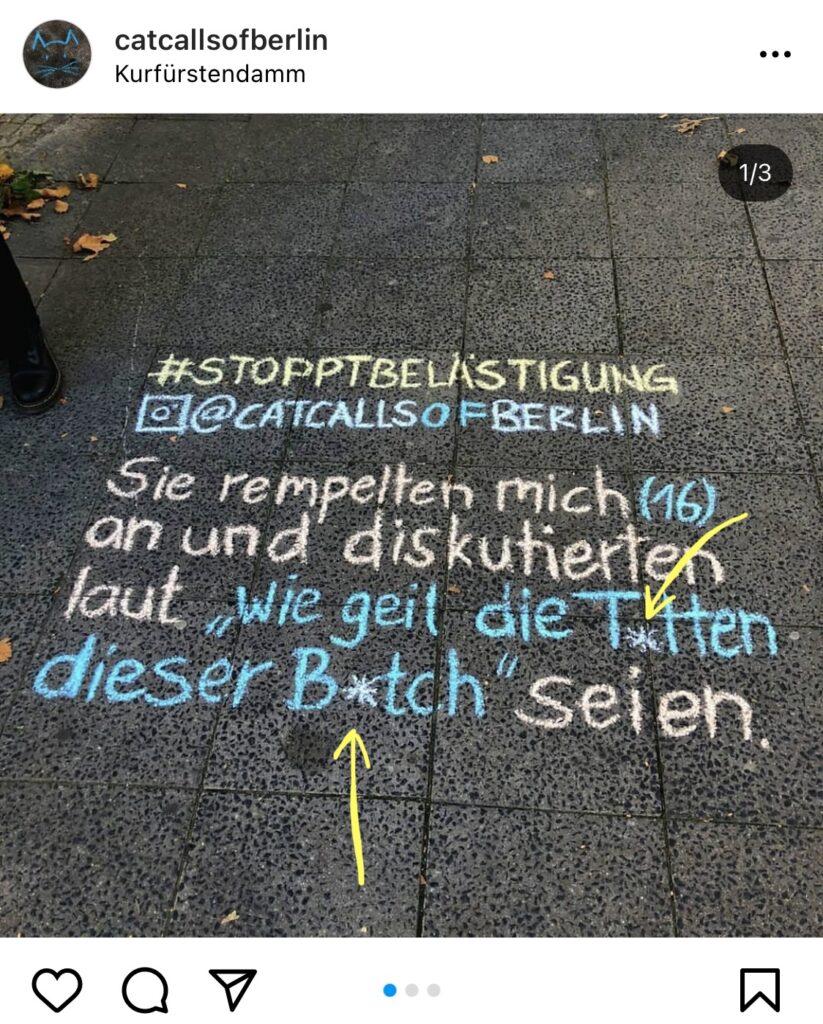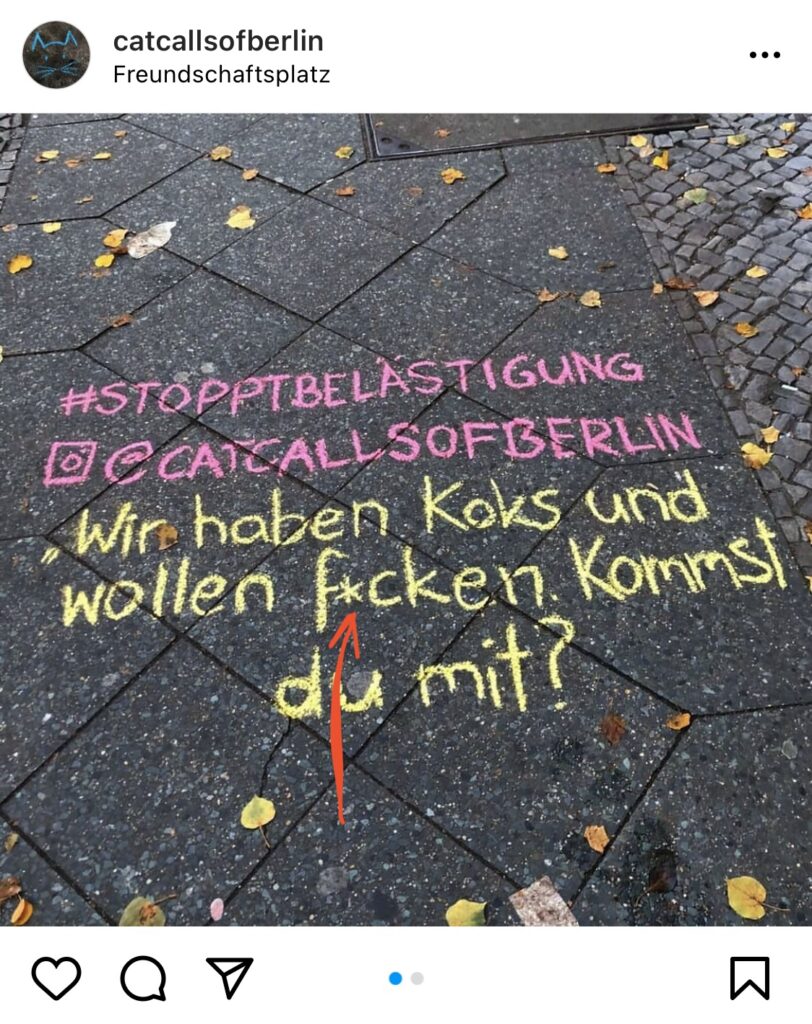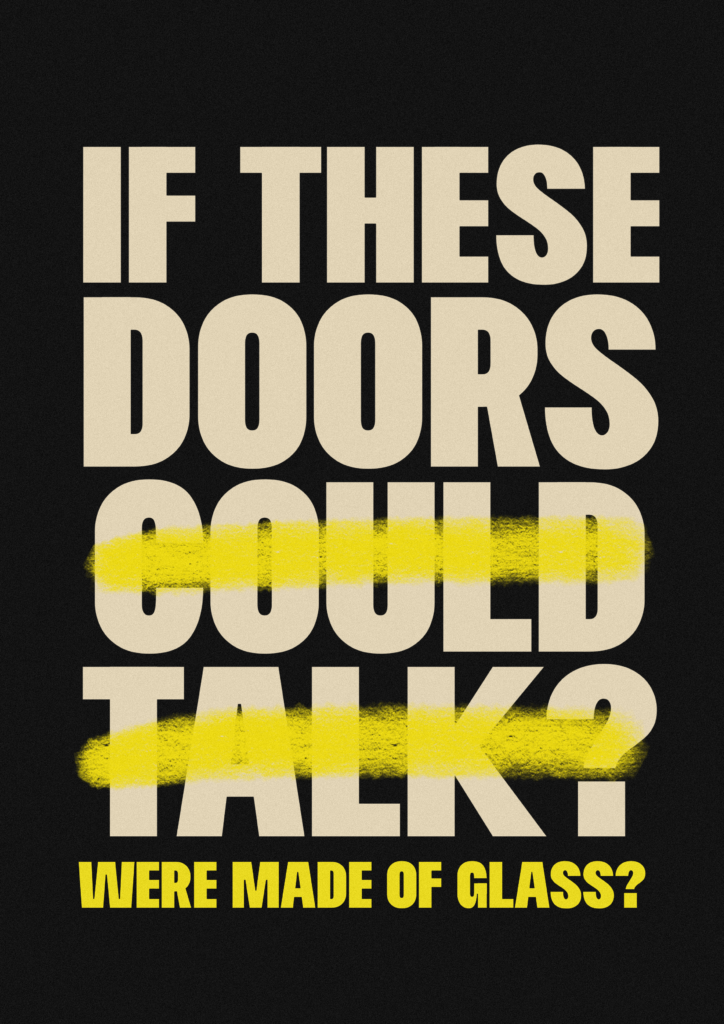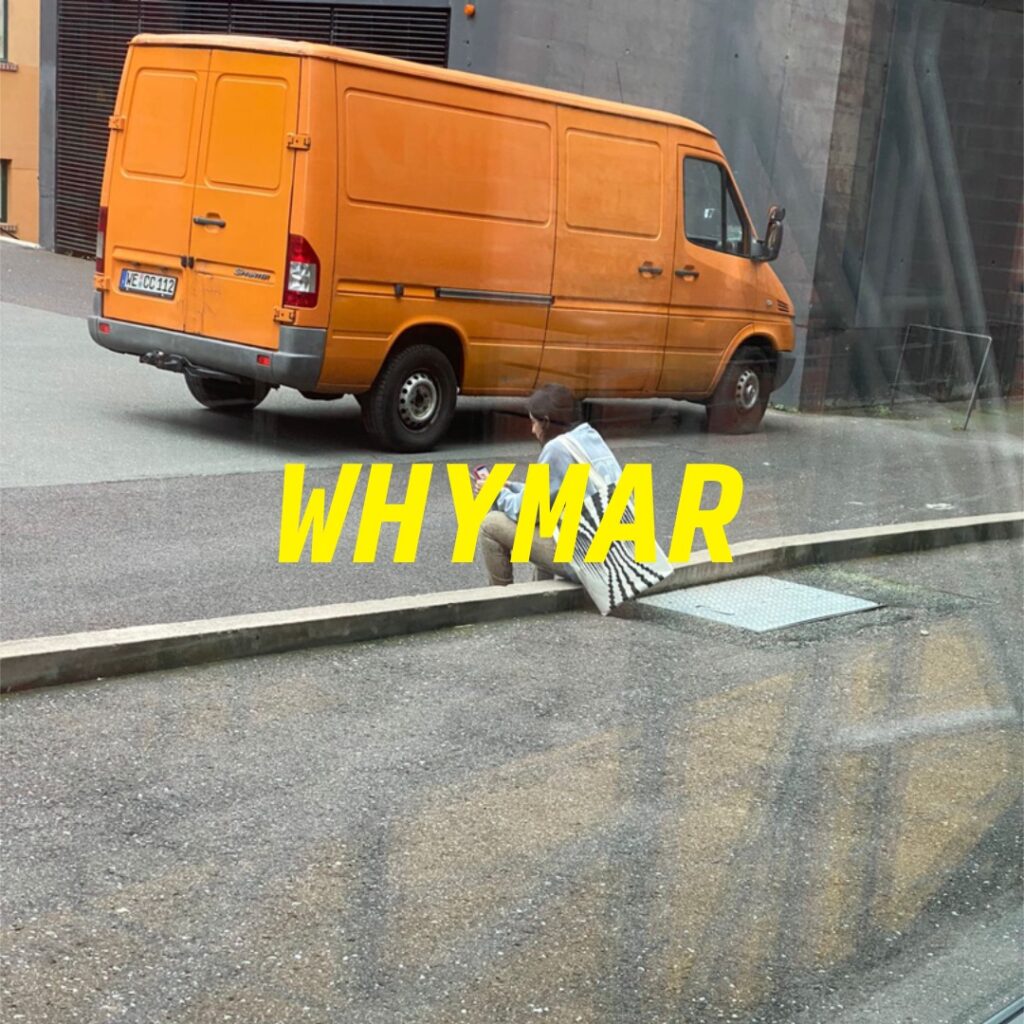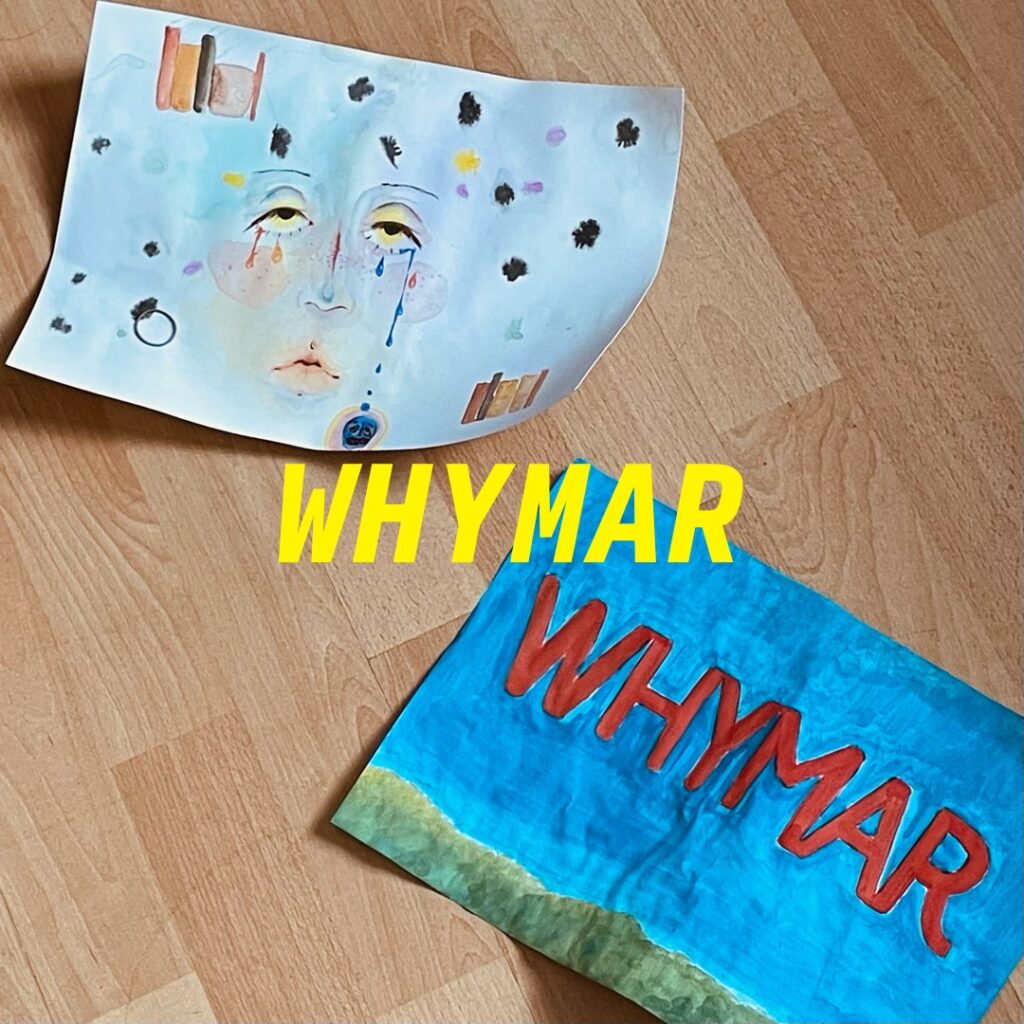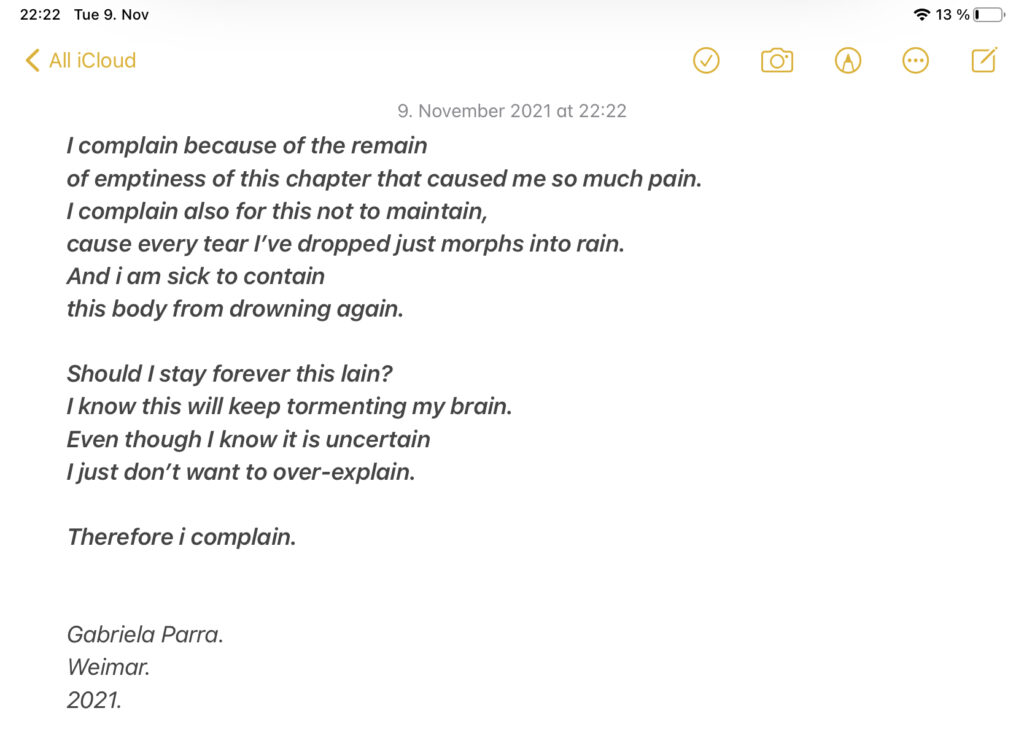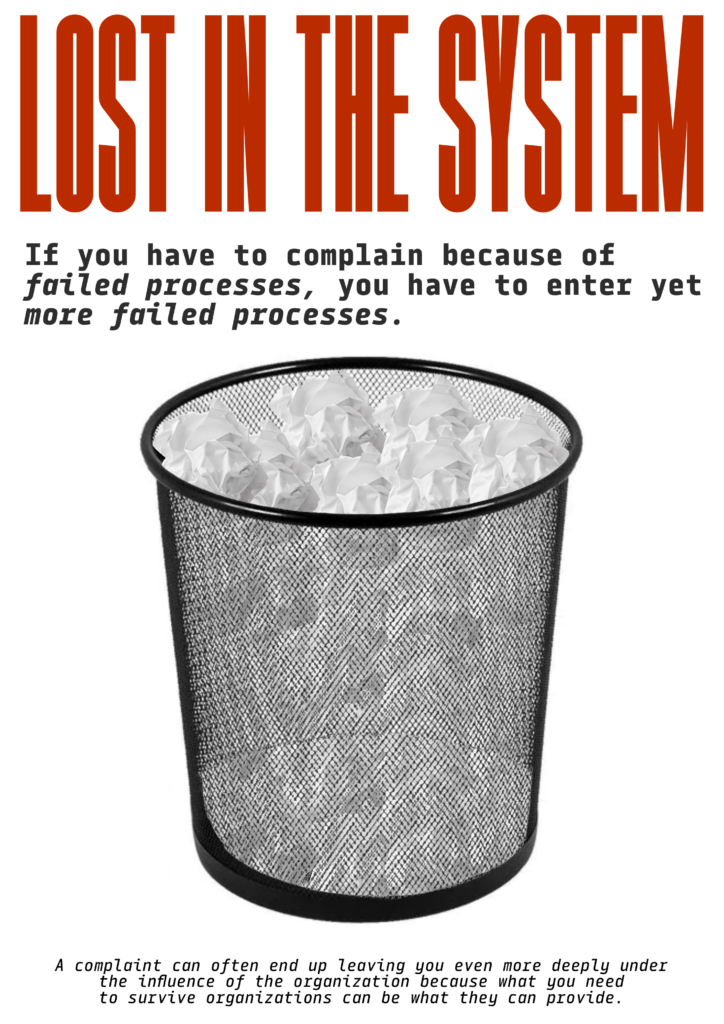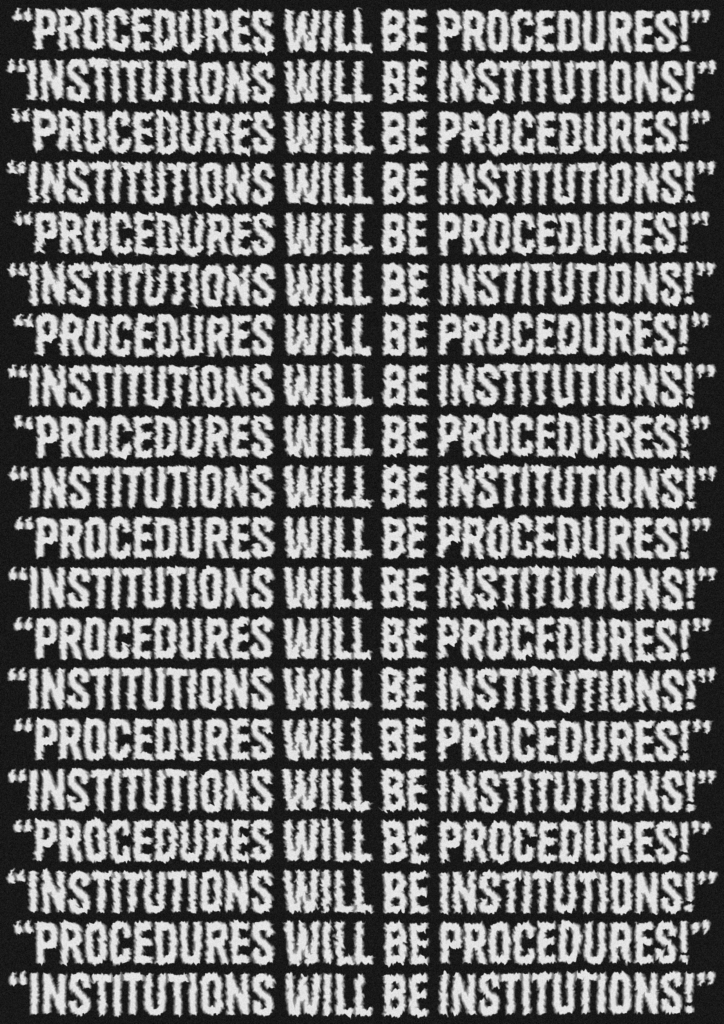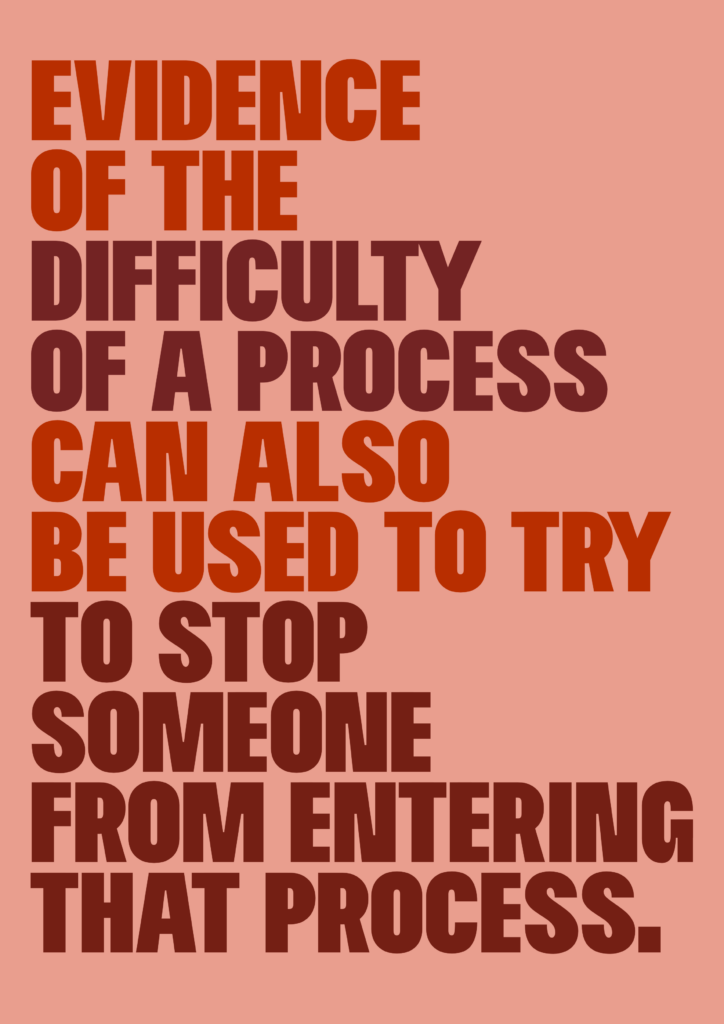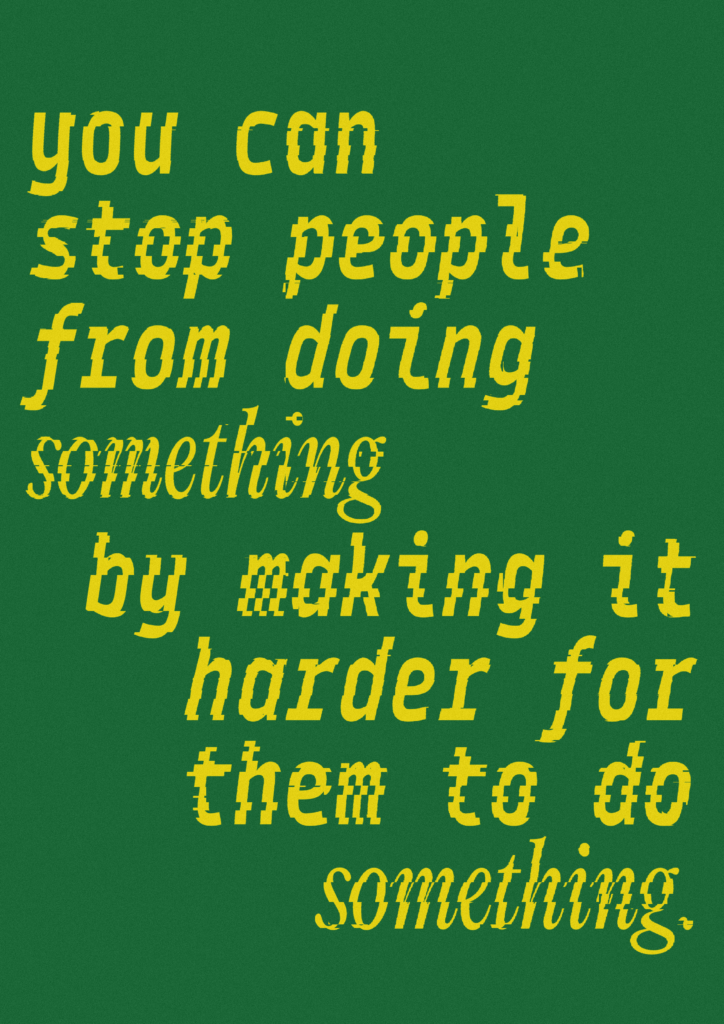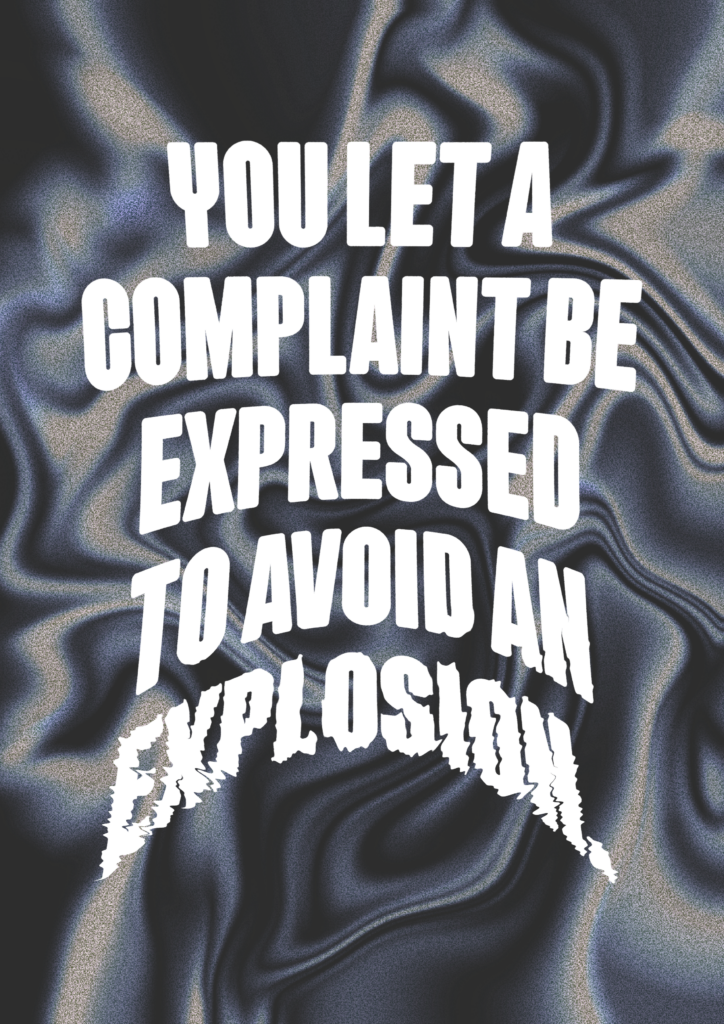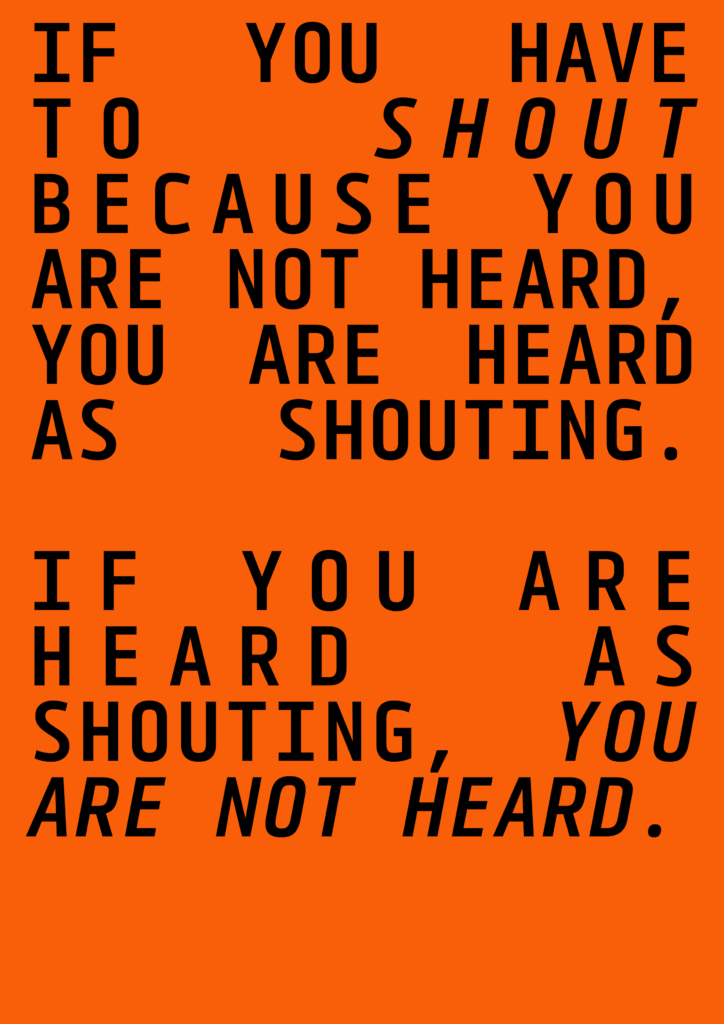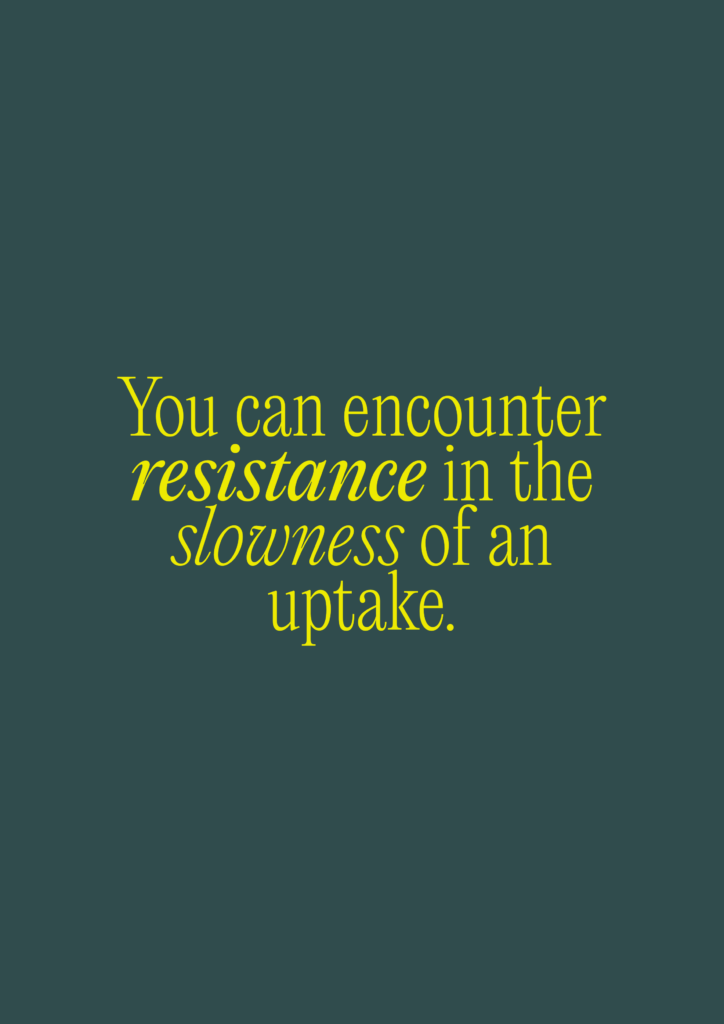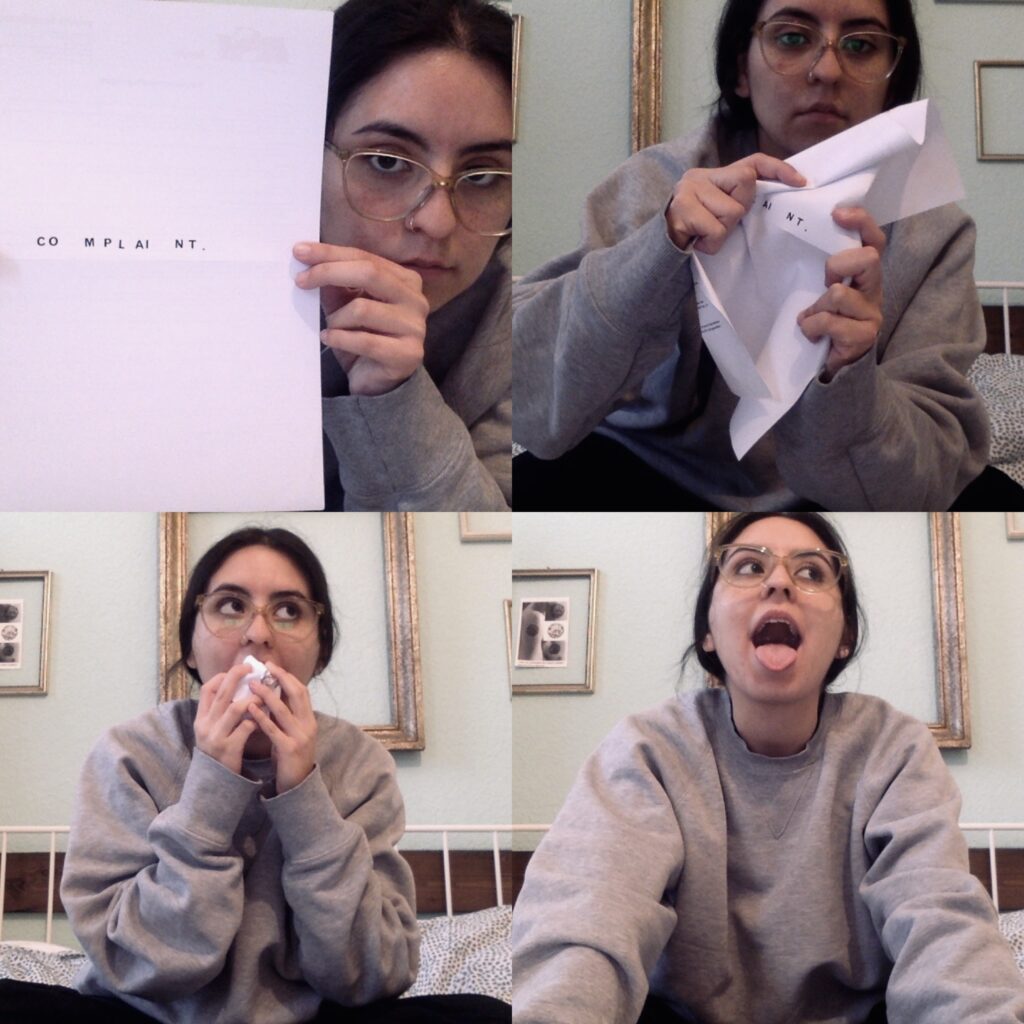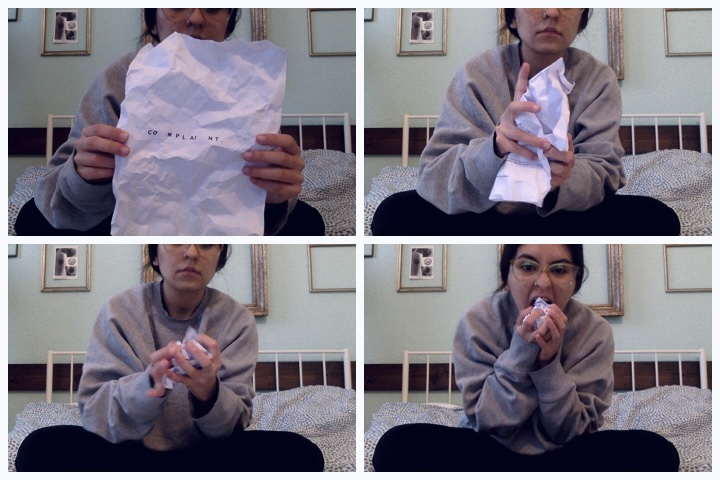Concrete ways of making a complaint
A process is a group of steps that have to be followed, in order for a task to be properly developed or to achieve a particular goal. Amid its course there may be multiple options or paths that unlink others, as it involves many aspects, characters, etc, but the purpose is that in the end, the initial goal is accomplished.
Sara Ahmed, shows in the first chapter of her book “Complaint!” a flowchart that represents the process of a student complaint. In it can be seen the multiple outcomes of this same purpose and which will be the ideal end/solution for the complaint, also by showing the possible days each step will last.
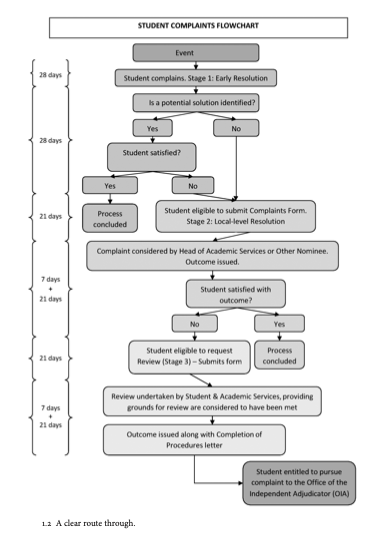
Figure 1. “A clear route through” (Ahmed 2021: 32).
This is a clear example of the ‘concrete ways’ that lead to the solution of a complaint. In this process every factor is taken into account with dignity, for instance if the student is satisfied, and if not, the process continues; there is a path that follows hierarchy, there are stated times for every step of it. As it is clearly designed, has to be clearly developed, one can’t skip a step, nor bypass an agent.
Nonetheless, in real life scenarios and experiences from many people, such as the ones told in Ahmed’s book, the fact that these processes exist and are part of the policies of different institutions does not guarantee that the complainant will be successful.
These concrete steps have to be understood, respected and defended by any active performer of the process. If the process, in this case a complaint, does not achieve its objective, it is because of the negligence of one of the parties, that interrupts the aiming flow of the action; and also, it lets infer that it is due to strategic and particular interests in slowing down or even ending up with the process.
The word ‘concrete’ in “Complaint!” and “Cat Calls of Berlin”
Concrete as a noun is: “a building material made from the mixture of broken stone, sand, cement and water, which can be spread or poured into moulds and forms a mass resembling stone on hardening.” As an adjective is: “relating to or involving specific people, things, or actions rather than general ideas or qualities”. And finally as a verb is: “to form (something) into a mass; solidify.” (All definitions retrieved from https://www.merriam-webster.com/dictionary/concrete).
The three uses relate and fit to the topic of “complaints”. Following, the relations between them will be exposed and also compared.For this purpose, the word “concrete” was searched among the lines of Ahmed’s book to see which uses did the author gave the word.
First appearance of the word concrete in the book “Complaint!”: Chapter 2, page 92.
“A wall gives concrete expression to an experience of being stopped. A wall can be thought of not only as hard but as slow. You can encounter resistance in the slowness of an uptake.”(Ahmed 2021, p.92).
Second appearance of the word concrete in the book “Complaint!”: Chapter 4, page 171.
“The more value is acquired by this figure, the more complaint is treated as self-revelation, the less attention is given to what complaints reveal: the structures, the walls, history made concrete.”(Ahmed 2021, p.171).
Third appearance of the word concrete in the book “Complaint!”: Chapter 6, page 226.
“Many who make complaints experience direct forms of retaliation. It can be hard to evidence such experience. Retaliation can be concrete (such as lower marks), but even then, to make that claim is often to be met with disbelief (he wouldn’t do that; it couldn’t be that).”(Ahmed 2021, p.226).
In these three segments, the word ‘concrete’ plays a role as an adjective for the word ‘expression’ in the first paragraph, in the second one it is qualifying the aspects that won’t have relevance when making a complaint, and in the third paragraph it connotes how retaliations after making a complaint can be manifested.
Ahmed constantly refers to this processes like talking to or dealing with walls, or rigid surfaces. As it is described in the first paragraph: “A wall gives concrete expression to an experience of being stopped.” Even though the use the author gave to the word was not related to the previously mentioned definition for the word ‘concrete’ as a noun, it relates to the stiffness, the impenetrability of some agents that take part of a system, and that this does not allow the proper and dignified development of a complaint. Additionally, the procedure to make a complaint can be understood as “concreting” something; in other words to solidify something, to make it tangible but unfortunately in many cases, it turns into something impenetrable and hard to deal with, just like as the concrete.
In other matters, the presence of the word ‘concrete’ in the movement “Cat Calls of Berlin” is more specific and notorious. Basically because the complaints are made explicit written on the concrete ways and it is easy to see through the gray color of their instagram feed.
“Cat calls of Berlin” is a movement exercised in an analogous way in public spaces, but it extends to its platform on instagram. It starts with the collection of different anonymous testimonies on street sexual harassment, then the team writes a piece of the testimony on chalk nearby the area they took place and then a photo of the testimony is uploaded on their social media for people to interact with.

Figure 2. Screenshot of the instagram feed of the account “Cat Calls of Berlin” (Parra 2021).
Whereas concrete is a strong material, that can not be easily manipulated under weak conditions, nor altered; it may guarantee a long maintenance of the complaints being made on it. In this case the word ‘concrete’ has the first advantage for complaints: works as a protector of a message amid the openness, free accessibility and exposure of it.
The concrete in this case is the medium, the dark canvas of this ‘artistic’ expressions against sexual harassment on the streets. These ‘concrete ways’ are inert agents that at the same time function as witnesses, if a much more poetic and advanced perspective of this problematic in public spaces is suggested.
Different meanings of ‘concrete’
Complaints are not easy and these procedures are not always the most clear tasks to be developed; even sometimes the intentions behind making these steps hard to comprehend and follow are notorious.
When it comes to human resources in any type of institution, they must guarantee the facilities, for every one involved in the system, to fulfill their needs and rights. When acts of harassment or abuse happen, it is already a traumatic experience, so: Why not stipulating ‘concrete ways’ to be followed for solving any type of problem? These institutional and systematic gaps only reveal negligence, personal profits, advantages over stabilization of the systems disguised as policies.
On one side, the word ‘concrete’ in Sarah Ahmed’s book, had the connotation of the quality of making impossible a process or an achievement that would dignify the victims; on the contrary, in the movement “Cat Calls of Berlin”, the word ‘concrete’ is represented as a protective agent. The surface and medium on which the complaints are carried through in this initiative is hard and difficult to be corrupted.
Hence, the usage of the word ‘concrete’ while referring to complaints can have multiple interpretations: it can refer to the rigidness (like the material concrete) of the process itself, or how the recipient of the complaint seems to be; it may also refer to the concreteness, clearness and specific steps these procedures to make a complaint should embody, in order to make it more efficient.
